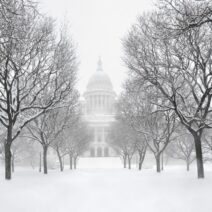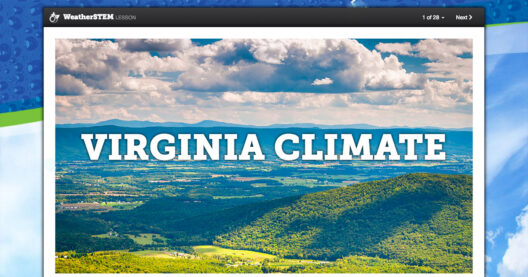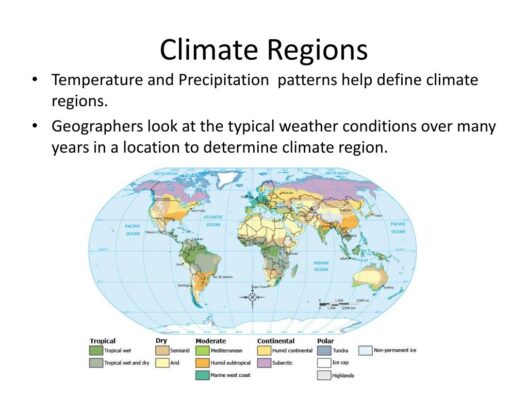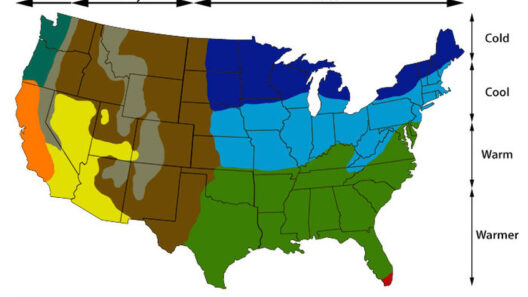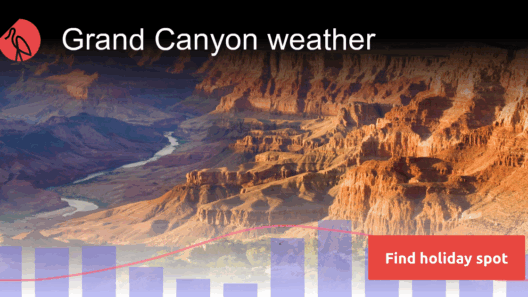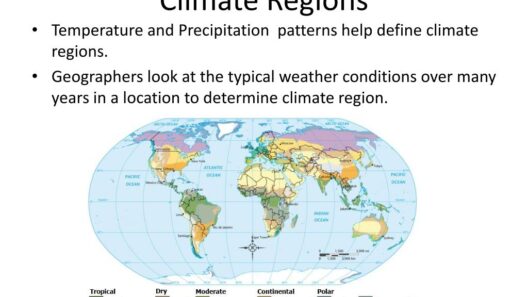Understanding the intricate dynamics of wind is vital in grasping how it influences regional climates. Wind, the movement of air from areas of high pressure to those of low pressure, is a powerful force that can drastically affect local weather patterns and, by extension, the climate of entire regions. This discourse explores the multifaceted relationship between wind and climate, examining phenomena from gentle breezes to fierce blizzards.
1. The Mechanisms of Wind Formation
Wind originates from a combination of solar heating, the Earth’s rotation, and the configuration of terrestrial features. When the sun heats the Earth’s surface unevenly, it causes variations in air pressure. These disparities are further complicated by the Coriolis effect, which influences wind direction based on the Earth’s rotation. This complex orchestration results in various wind patterns that play crucial roles in shaping climate zones.
2. Types of Winds and Their Climatological Implications
Winds can be categorized into numerous types, each with distinct characteristics and climatological impacts. The primary classification includes trade winds, westerlies, and polar easterlies. Trade winds, blowing from the east in the tropics, facilitate the formation of tropical storms and hurricanes. Conversely, westerlies, predominant in mid-latitudes, contribute to temperate climates and associated weather systems.
Local winds, such as sea breezes and land breezes, also exhibit a significant influence on coastal climates. Sea breezes occur when cooler air from the ocean moves inland to replace rising hot air over land, moderating temperatures and enhancing humidity. Land breezes operate during the night, reversing this flow and causing dramatic temperature drops, particularly relevant in arid regions.
3. Wind and Precipitation Patterns
Wind significantly affects precipitation patterns across different regions. The orographic effect illustrates this phenomenon, where moist air ascends over mountain ranges, cooling and condensing to produce precipitation. Areas that lie in the rain shadow, such as the eastern slopes of the Rockies, often experience arid conditions due to the sheltering effect of these ranges.
Conversely, prevailing winds can transport moisture-laden air vast distances, contributing to rainfall in areas far removed from moisture sources. The Great Plains of the United States, for instance, can receive precipitation brought by moist air traveling from the Gulf of Mexico, impacting agricultural productivity and ecosystem viability.
4. Extreme Winds and Their Environmental Consequences
Wind is not always gentle; extreme wind events can result in significant ecological and economic impacts. Hurricanes and tornadoes, driven by extremely low-pressure systems, are manifestations of high-velocity winds capable of devastating landscapes. These violent winds can uproot trees, destroy habitats, and lead to severe erosion. The aftermath often includes long-term ecological changes, such as shifts in species distributions and altered water courses.
Blizzards, characterized by strong winds and heavy snowfall, illustrate the relationship between wind and cold weather systems. These storms can create life-threatening conditions, with heavy winds resulting in snow drifts that can isolate communities. The impacts of blizzards extend beyond immediate disruptions; they influence regional ecosystems, affecting flora and fauna over the long term.
5. The Effects of Industrialization and Climate Change
Human activities, particularly industrialization and deforestation, exacerbate natural wind patterns and their climatological effects. Urban areas can experience phenomena such as the urban heat island effect, where cities become significantly warmer than their rural counterparts. This temperature differential can alter local wind patterns, modifying precipitation and temperature regimes within the urban interface.
Climate change further complicates the interaction between wind and climate systems. Global warming is anticipated to change prevailing wind patterns, with potential consequences for weather variability and extreme weather events. It is essential to investigate these impacts to prepare for changes in agricultural viability, water resources, and disaster preparedness strategies.
6. Adaptive Strategies and Resiliency
Understanding the relationship between wind and climate can empower communities to develop adaptive strategies. Enhanced weather forecasting and climate modeling can aid in anticipating changes in wind patterns and their associated impacts. Farmers can adjust planting schedules and crop selections based on anticipated wind and precipitation patterns, while urban planners can design infrastructure to mitigate the risks associated with extreme wind events.
Moreover, preserving natural landscapes such as forests and wetlands can bolster resilience to wind-related challenges. These ecosystems can act as buffers, mitigating wind speeds and increasing soil stability – essential for combating erosion and sustaining biodiversity.
Conclusion
In examining the spectrum of wind from a gentle breeze to a fierce blizzard, it is clear that winds are integral to understanding and responding to regional climates. The interplay of wind with environmental variables not only shapes local weather patterns but also influences ecological systems and human activities. As climate change progresses, the implications of these wind-driven changes will demand comprehensive strategies and concerted efforts to foster resilience and sustainable practices within our communities.
